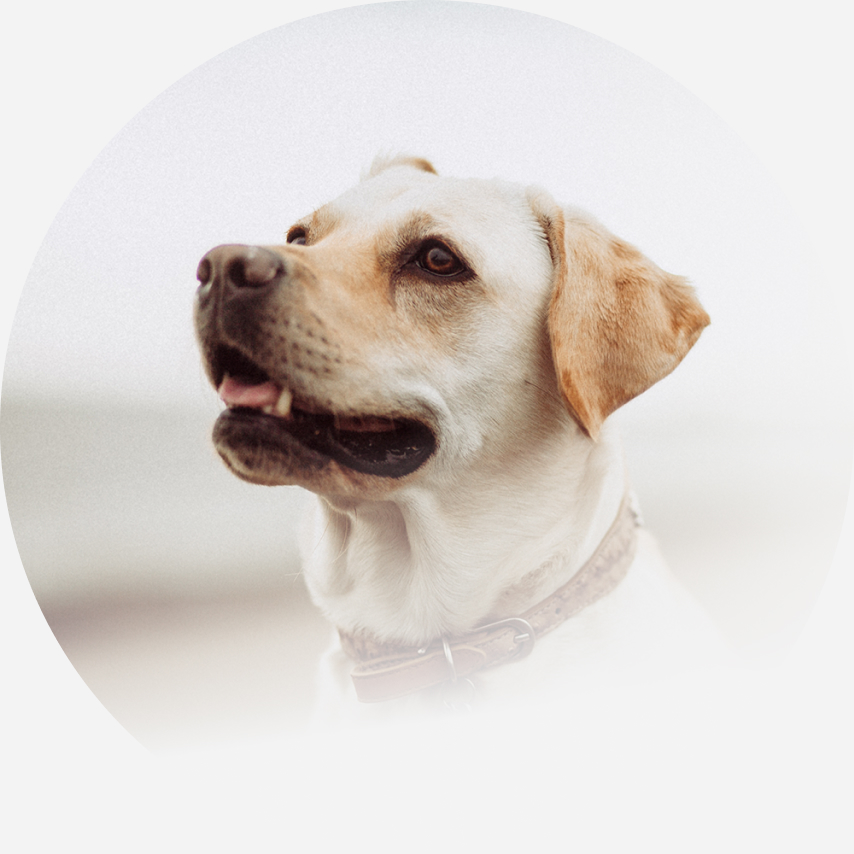Rona’s Roar; SPCA Inspector Kevin spends two weeks in Africa

Naankuse Wildlife Sanctuary is set amongst 1000s of hectares of barren land in Namibia. Browning shrubs dot the land, and dry trees force their way up through the dusty earth.
There is almost no-one around. It’s about as far as you can get from lush, green New Zealand, and it’s where SPCA Inspector Kevin Plowright spent two weeks after winning Rona’s Roar Staff Excellence Award.
Inspector Kevin Plowright was the very deserving winner of the inaugural Rona’s Roar Staff Excellence Award and,from the many exciting options, chose to volunteer at the Naankuse Wildlife Sanctuary in Namibia. Kevin has been with the SPCA for over 10 years, as part of the SPCA Inspectorate. Kevin is an integral part of the team, working on the front-line to rescue animals who have been in an accident, abused or abandoned.
Namibia is host to a myriad of African wildlife but sadly, that wildlife is under threat – loss of habitat, human-wildlife conflict and poaching have caused a massive decline in population numbers. Naankuse Wildlife Sanctuary, one of the largest sanctuaries in the country, takes a holistic approach to wildlife conservation. Its policy is conservation through innovation and it dedicates itself to land and wildlife conservation, as well as improving the well-being of local communities. Thereby, a lot of its work includes collaborative work with local communities, providing education and employment to them. The Wildlife Sanctuary also provides a safe haven and second chance for injured and orphaned animals. Some of the animals at the sanctuary include wild dogs, lion, leopard, cheetah, baboon, vulture, antelope, springbok, meerkat, and warthog!

The Naankuse Wildlife Sanctuary experience
When Kevin arrived at the Naankuse Wildlife Sanctuary, he was assigned to his sleeping quarters. A simple hut made from canvas, it was located a 15 minute walk from the main meeting area, and surrounded by wildlife.“There were so many animals right outside my hut – giraffes wandering past, elephants stamping around. It was like being on another planet.”
Kevin says he didn’t sleep well the first night. “I could hear big cats roaring and they sounded like they were right by me. The roars were so loud, they go right through your soul. And all that’s between you and this massive cat is some canvas. It was incredible, but a little scary.” However, they say you can get used to anything and, sure enough, Kevin soon got used to the stamping of hooves through the night and the roar of big cats in the distance.
Kevin describes a typical day at the Sanctuary for the volunteers: “Every day I’d wake up and walk to the meeting spot. There, we’d get a briefing before splitting up into groups. We were on a rotation system so we were always doing something different. Sometimes you’d be feeding the meerkats, sometimes you were looking after the baby orphaned baboons, and sometimes you’d ride horses through the bush to count animals.”

Once in a lifetime opportunity
Volunteers, like Kevin, help in a number of ways at the Sanctuary. Their work sees them preparing food and feeding the animals; cleaning and maintaining enclosures; providing enrichment to the animals; providing intensive care for young wildlife, such as overnight care for baboons; and assisting with research, such as tracking and monitoring carnivores in the area, analysing camera traps and GPS data.
Kevin says he was particularly skilled at working with the baboons. Whenever Kevin and the other volunteers would feed the primates, or play with them, he says they would always gravitate towards him. The babies would clamber all over him, and the adults showed him a great deal of respect. “I think they saw me as a big, bald baboon.”
For Kevin, every moment was incredible but there are a few instances that stand out. One of these was rescuing an injured wild dog from its pack and taking it to get vet treatment. The recovery for the dog had to be carefully monitored and the dog released back to its pack at just the right moment – too soon, and the pack would turn on the injured animal, too late and the dog would no longer be welcome back to its pack. For Kevin, it was challenging dealing with the wild, injured animal – handling domestic animals is often hard enough – but a great learning experience.

Naankuse and Kevin to the rescue
Kevin describes how he was also lucky enough to be chosen to assist with a cheetah that a farmer had trapped. Part of Naankuse’s work is to reduce the human-wildlife conflict, particularly the interaction between predators and farmers. Often, farmers kill predators in response to them preying on livestock. To combat this, Naankuse has created a ‘Rapid Response Unit’ to respond to calls from farmers who have trapped large carnivores and ‘take them off their hands’. Staff will release the animal into the wild, and fit a GPS tracking collar to track its movements – that way they’ll be able to warn the farmer if the animal is headed towards their area again. Kevin was allowed to go along with the Rapid Response Unit when they received the call. He says it was amazing to be able to get so close to the Cheetah and help while the team sedated the cheetah and vet checked it, before putting on the collar.
For Kevin, it was important to muck in and really get involved to get the most of the experience. “What I like best about the Award is the appreciation of life it gives you. It’s about pushing the boat out and trying new things, and I’m so grateful for all the cool things I got to experience. It really was a once-in-a-life opportunity.”





